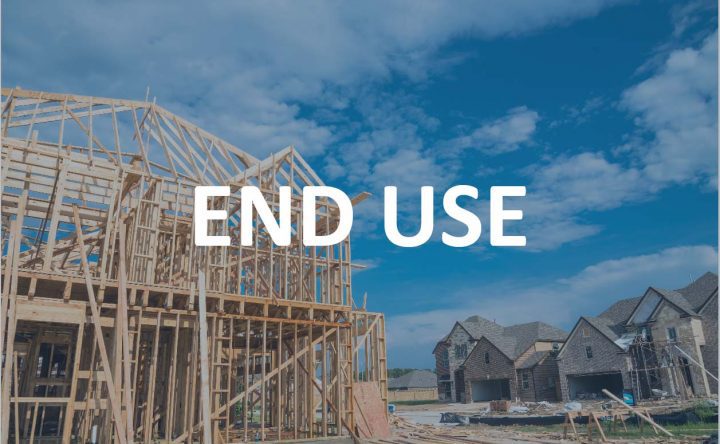According to the latest from the Federal Reserve’s Z.1 Financial Accounts of the United States, i.e., the “Flow of Funds”, the aggregate value of all home mortgages of households and nonprofit organizations in the United States in the Q3 of 2021 registered the largest post-Great Recession numerical quarterly increase. From $11.3 trillion in Q2 of 2021, household liabilities rose by $230 billion to $11.5 trillion.
News in end use
Mortgage Lending Experiences Second Consecutive Quarterly Decline
ATTOM’s Q3 2021 U.S. Residential Property Mortgage Origination Report reveals that 59 million mortgages secured by residential properties were developed in Q3. Those figures were up 3% from Q3 of 2020, but down -8% from the Q2 of 2021. This amounted to the largest quarterly decline in over a year.
Median Home Prices Hit Record Highs; Active Home Listings Hit Record Lows
Redfin, the Seattle-based, technology-powered real estate company, reported that the median home-sale price in the four-week period ending December 5, 2021 hit a new all-time record high of $360,250 — up 14% year-over-year and up 30% for the same period of time in 2019. At the same time, new listings of homes for sale were down -7% year-over-year but up 11% from 2019.
University of Michigan Preliminary Consumer Sentiment Index Increases for December
The University of Michigan today (Friday 12-10-21) released its preliminary Consumer Sentiment Index (CSI) for December. The CSI increased to a reading of 70.4 in December, up from 67.4 in November. This is a month-over-month increase of 4.5%, but it is down -12.8% year-over-year (80.7 in December 2020). The Current Economic Conditions increased to a reading of 74.6 in December, up from 73.6 in November.
Consumer Price Index Increases 0.8% in November, Rises 6.8% Year-Over-Year
The U.S. Bureau of Labor Statistics (BLS) reported on Friday (12-10-21) that the Consumer Price Index for All Urban Consumers (CPI-U) increased 0.8% in November on a seasonally adjusted basis after rising 0.9% in October. Over the past 12-months, the all-item index has increased 6.8% before seasonal adjustment. The largest 12-month increase since the period ending June 1982.
Canadian Investment in Building Increases 1.6% in October
Statistics Canada (StatsCan) today (12-9-21) reported that investment in building, after five consecutive months of declines, posted an increase of 1.6% to $17.8 billion (CAD) in October. Quebec led the way with a 3.5% increase. On a constant dollar basis (2012=100), investment in building construction increased 1.6% to $12.3 billion. Residential construction investment rose 1.4% to $12.9 billion in October.
30-Year and 15-Year Mortgage Rates Down Slightly in the Week Ending December 9, 2021
Freddie Mac has released its Primary Mortgage Market Survey (PMMS) for the week ending December 9, 2021. The PMMS reports that the 30-year fixed-rate mortgage averaged 3.10% with an average 0.7 point for the week ending December 9, 2021, down slightly from last week when it averaged 3.11%. A year ago at this time, the 30-year FRM averaged 2.71%.
Weekly Jobless Claims Decline to 52-Year Low in the Week Ending December 4, 2021
The U.S. Department of Labor is reporting that an additional 184,000 Americans made their initial filing for unemployment benefits during the week ending on Saturday, December 4, 2021 — a decrease of 43,000 from the previous week’s revised level. This is the lowest level for initial claims since September 6, 1969, when it was 182,000.
Home Builders “Put the Pedal to the Metal” to Meet 1.35 Million New Home Shortfall
“We just saw the first full year of above-average construction since the mid-2000s housing crash. This isn’t a new boom cycle of new construction so much as it’s an attempt to get even from the last bust. There is still a long way to go to catch up from more than a decade of slow construction, and some markets have longer to go than others.”
Construction Job Openings Continued to Grow in October
In October, the number of unfilled construction jobs increased to 410,000. According to the National Association of Home Builders (NAHB) this is the highest level in the history of the data service, which dates back to late 2000. Hiring in the construction remained strong, rising to a 5.0% rate.



